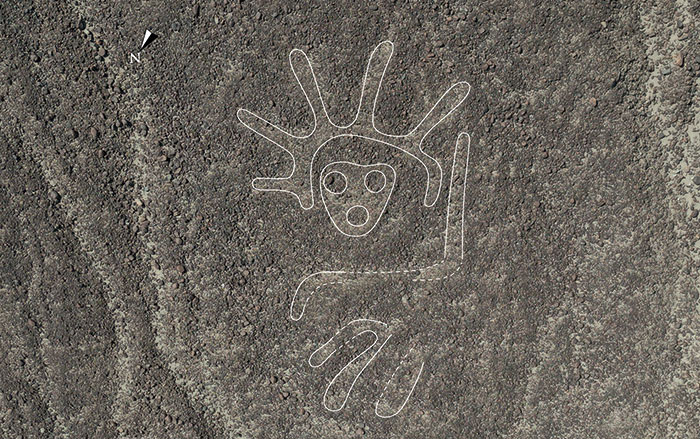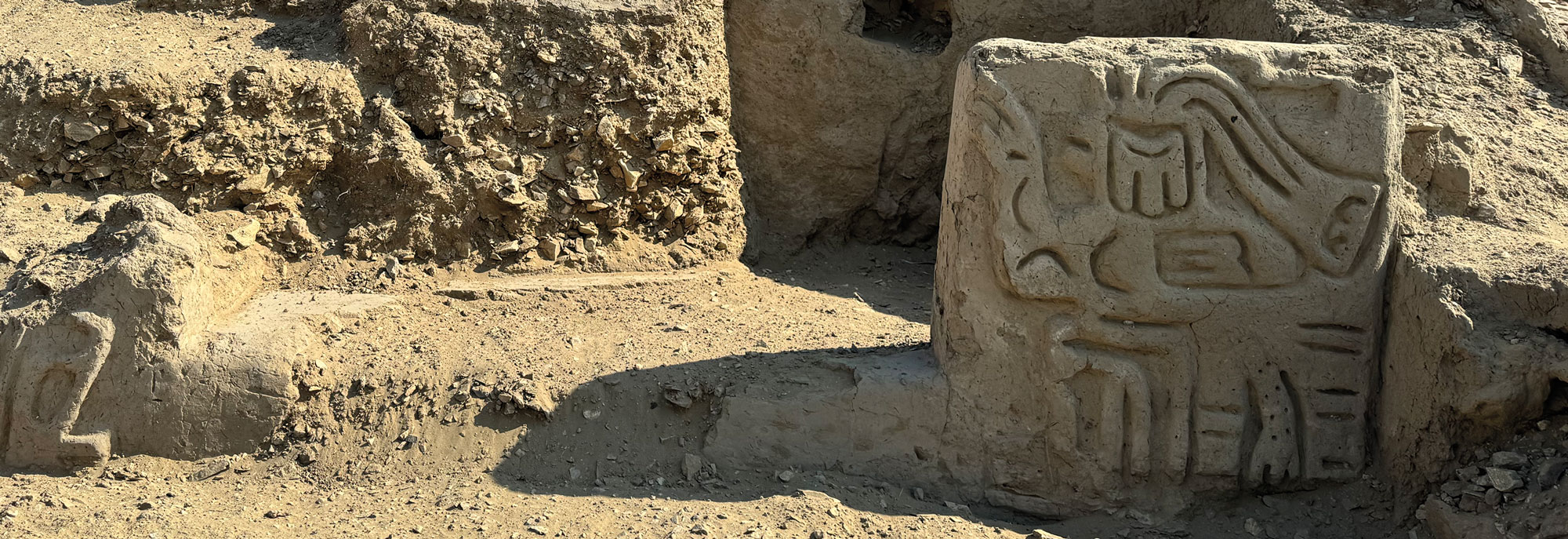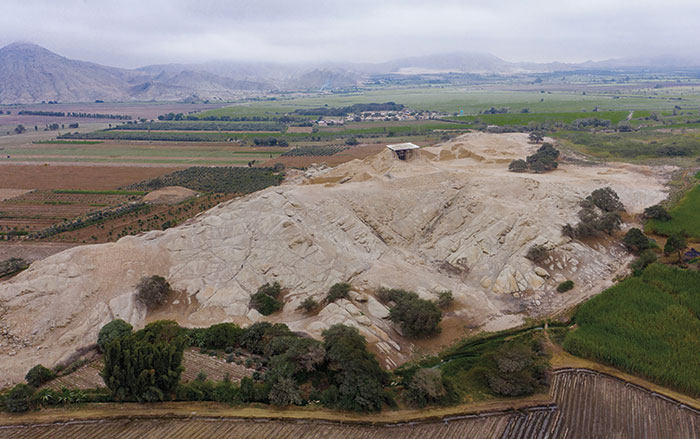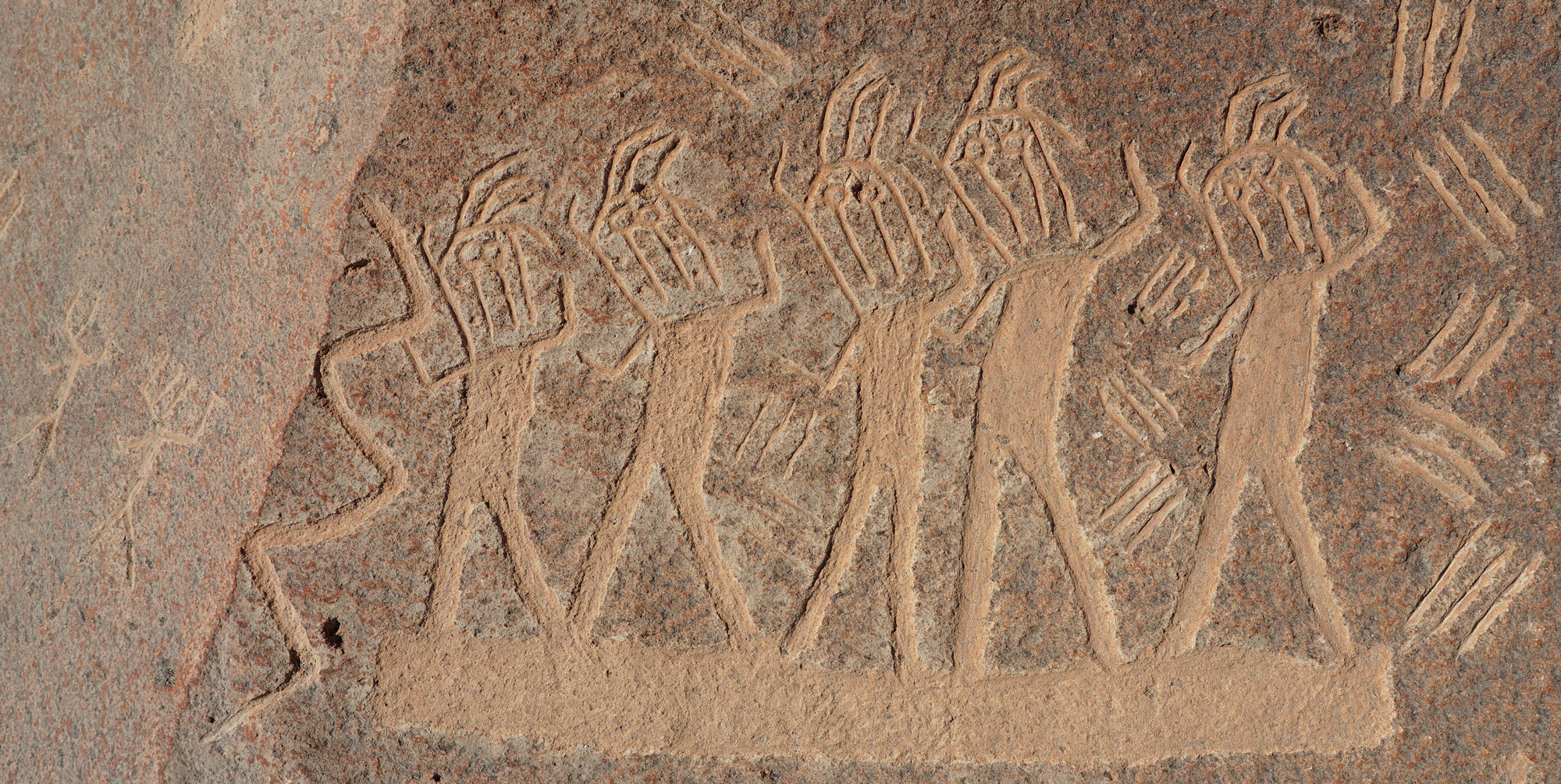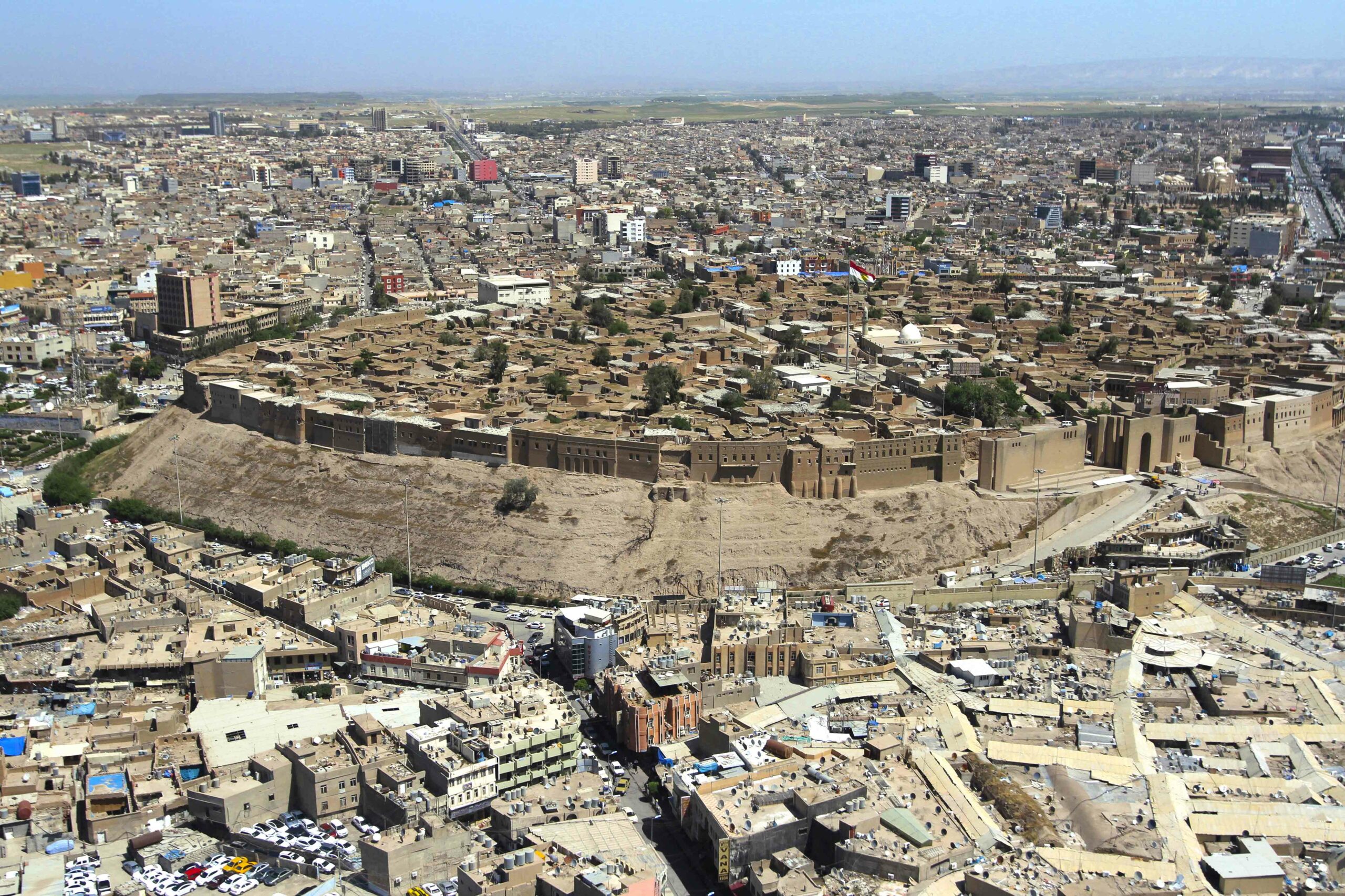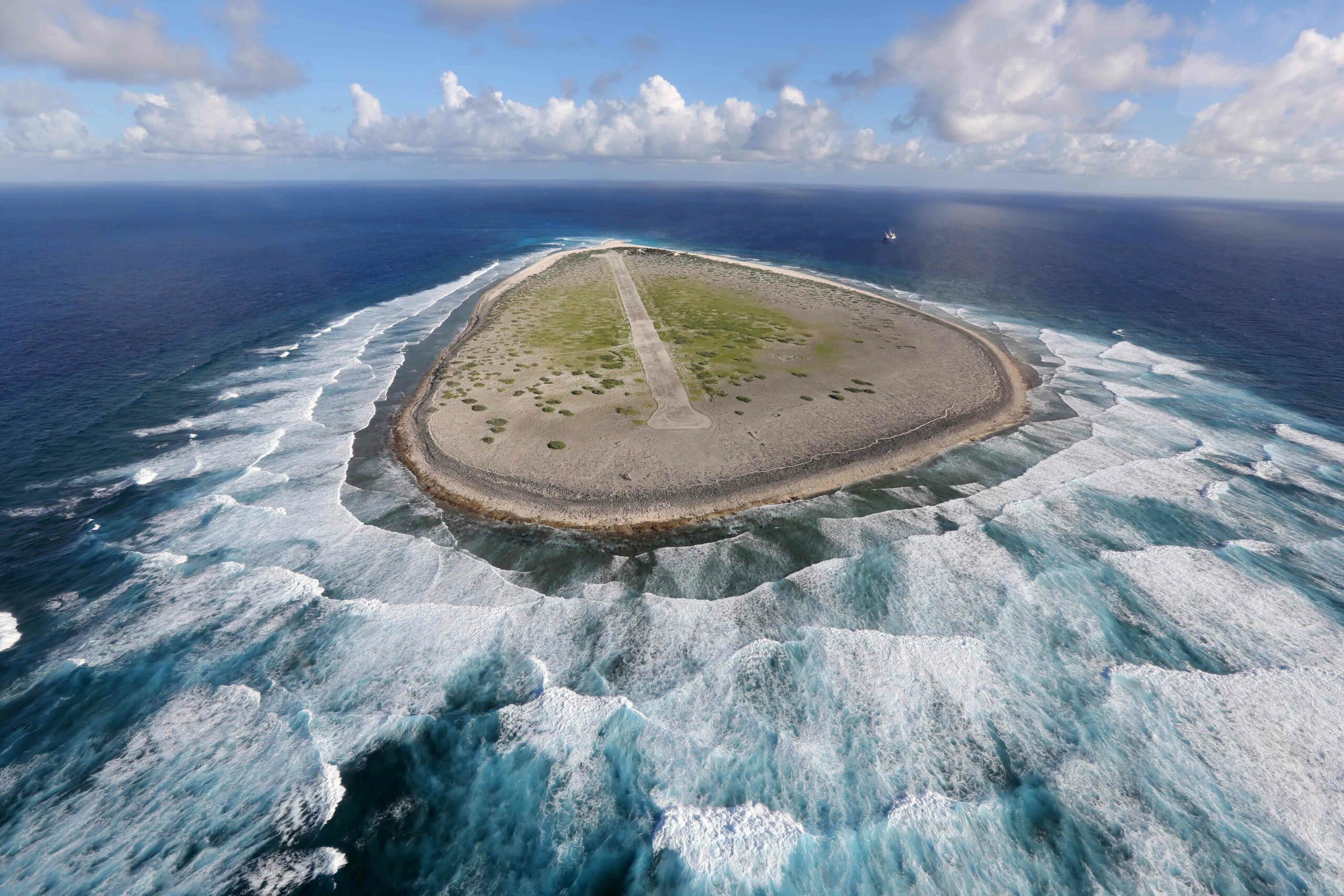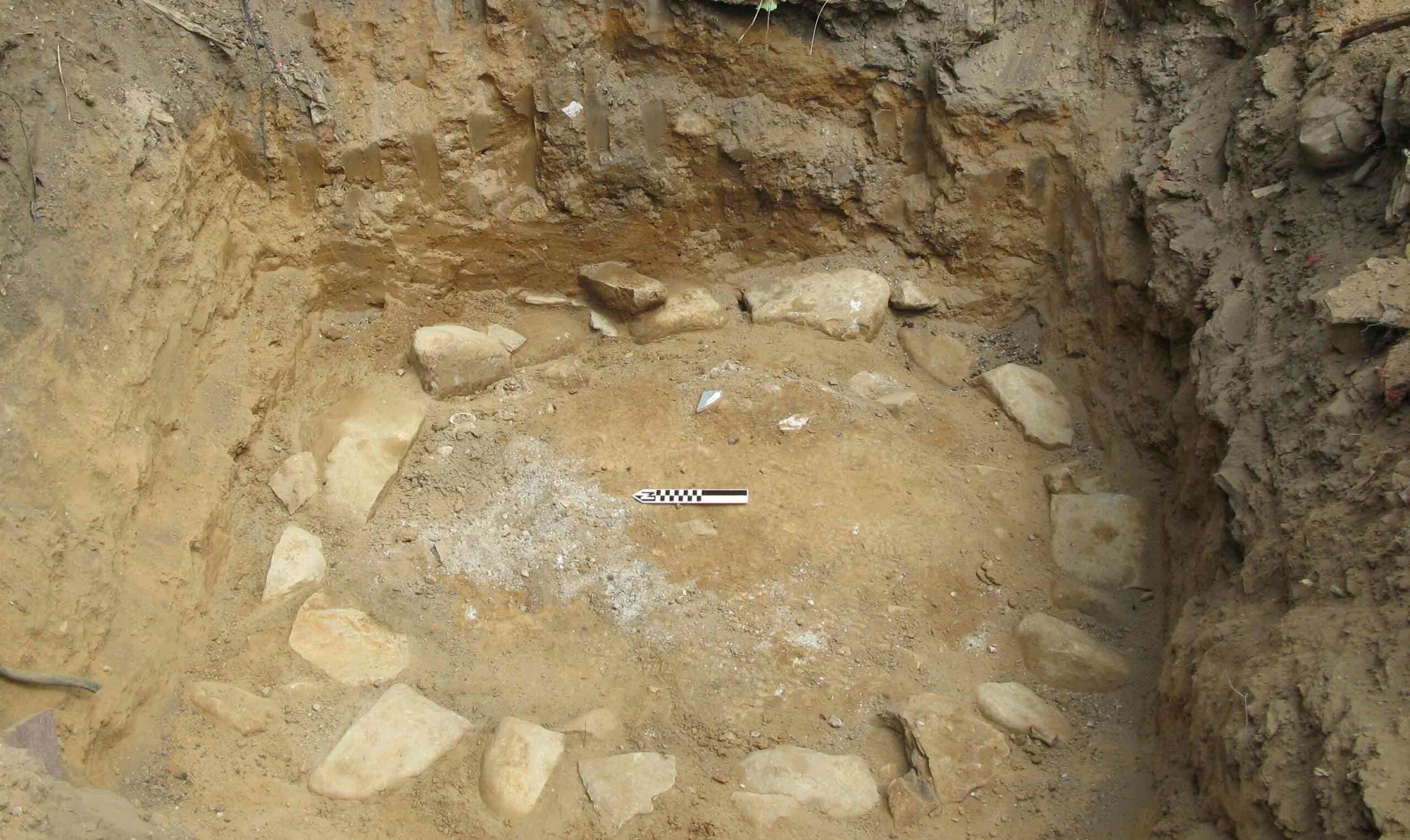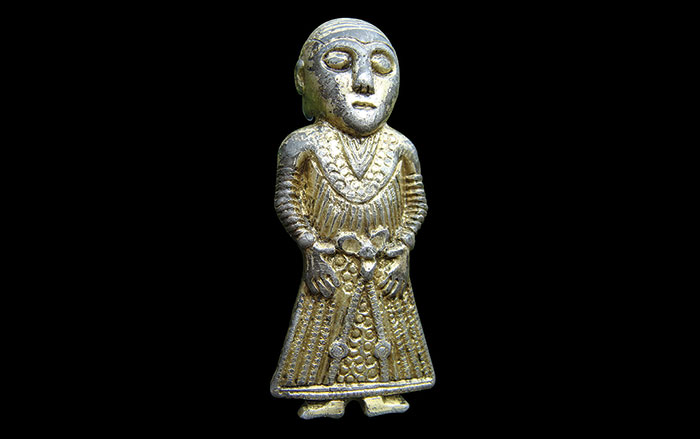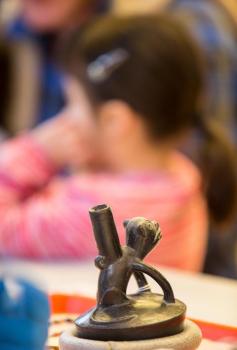
SEATTLE, WASHINGTON—The United States Air Force transported human remains, ceramic vessels, necklaces, and a textile to the Peruvian Air Force base in Lima. All of the artifacts and remains, which had been housed at the Burke Museum of Natural History and Culture at the University of Washington, were identified for repatriation under the UNESCO Convention on the Means of Prohibiting and Preventing the Illicit Import, Export, and Transfer of Ownership of Cultural Property. “It’s been an honor to care for these collections. We are glad to help send these collections home to Peru,” Peter Lape, associate director of research and curator of archaeology at the Burke Museum, told The Daily. The staff at the museum found the three sets of Peruvian remains when they inventoried their collections to comply with the Native American Graves Protection and Repatriation Act of 1990. The museum and the Peruvian government then coordinated their efforts to identify the additional artifacts.


